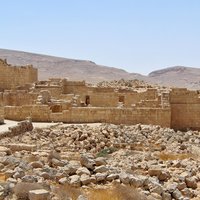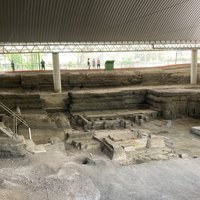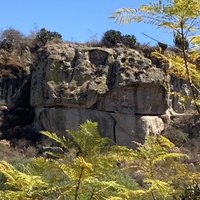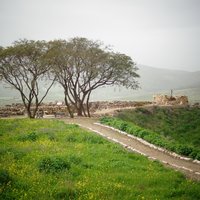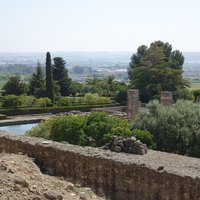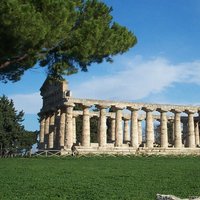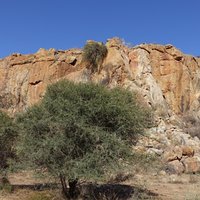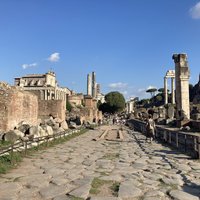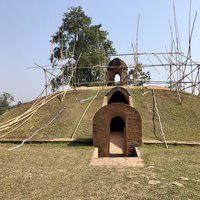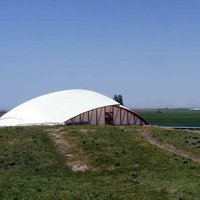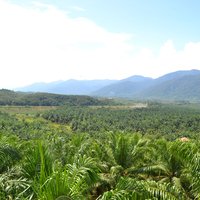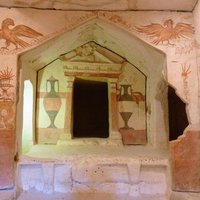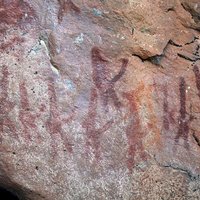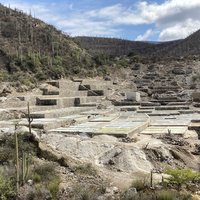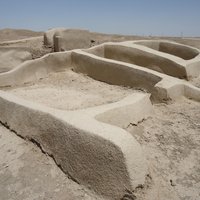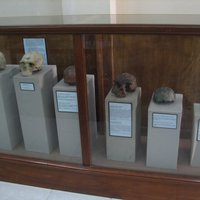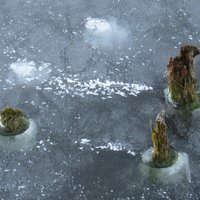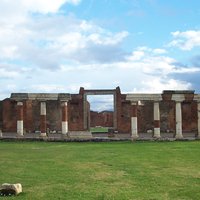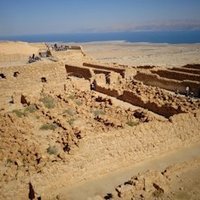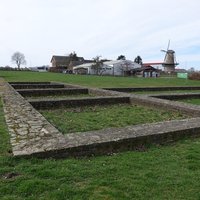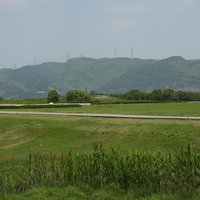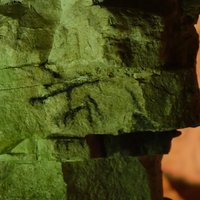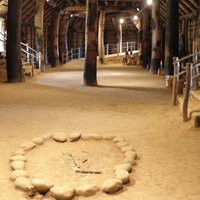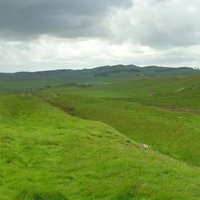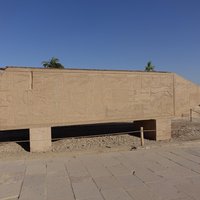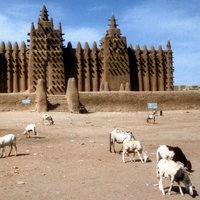Connected Sites
-
Shivta
-
Butternuts
-
ICOMOS : "the objects recovered constitute a virtual inventory of their contents at the moment of eruption .... and a variety of foods including maize, beans, chilis and cocoa beans"
-
corn cob fragments
-
-
historical food remains (discovered in the sewage)
-
Small underground temple: "It's interesting to note that traces of two-thousand-year-old honey were found in some of the vases."
See www.viamichelin.com
-
Bones and ostrich eggs
-
Archaeologists found seeds of fruits such as figs, grapes and melons in the drainage system under the Colosseum in Rome. Traces of olives and nuts were also found. These were probably eaten by the spectators as snacks.
See www.standaard.be
-
"They contain the remains of kings and other royals together with grave goods such as food, horses and elephants, and sometimes queens and servants." (AB ev)
-
-
Gua Kajang: "During the 1917 excavation, fragments of pottery, stone tools, food residues and human skeletal remains were uncovered."
See www.heritage.gov.my
-
"Even though Diepkloof has never been on the coast, faunal evidence, such as dolphin vertebrae and seal bones, suggests that the Middle Stone Age groups occupying the rock shelters based their hunting strategies around resources that were available at the coast." (AB ev)
-
-
fish bones and ostrich eggs
-
fossilised maize
-
During these investigations several categories of botanical remains such as cereals (grains and legumes),fruits, spices and wood were studied. (Nom File)
-
"(...) there are considerable numbers of remains of the animals that these primitive humans hunted (...)." (wiki)
-
Palm nuts and animal bones were found in caves on the island.
-
-
Prehistoric Pile Dwellings
Austria, France, Germany, Italy, Slovenia, SwitzerlandInscribed: 201125817Besides stores of grain and waste from processing cereals, remnants of food have also been found on ceramic vessels in pile-dwelling sites; these include various types of stews, por- ridges and probably also baked goods. -
Several food stalls have been uncovered, where "researchers found remnants of duck, goat, pig, fish and snails in earthen pots, sometimes combined in the same dish."
See www.npr.org
-
wheat, olives and dates
-
The "layered rubbish deposits constitute veritable treasure-chests of everyday life on the frontier. Well-preserved animal bones, seeds and pollen permit the reconstruction of the surrounding landscape, the diets of men and animals, and the sources of supply with animal and plant food." (Nomination file, p. 50)
-
Nuts and crops
-
"Two large-scale carbonized rice remains haven been found" (nom file)
-
"Traces of miners' food, or perhaps ritualistic deposits, have been encountered: the jawbone of a wild boar, horse teeth, and others." (Nomination file, p. 65) – "The principal activity of the inhabitants of the Gawroniec settlement, however, was agriculture and husbandry, which is indicated by the pit-granaries containing grain remains (...)." (Nomination file, p. 213)
-
Food remains were found in several sites, e.g. in the Goshone Site "a large number of nuts (eg. chestnut, walnut, and horse chestnut), bones of fish (eg. salmon and trout), and bones of mammals (eg. deer and wild boar) have been unearthed. Together with tools that were used to gather, process, and catch them, they bear tangible testimony to the diverse food resources at that time." (Nomination file, p. 58)
-
Excert from National Geographic Magazine (August 1988) Kyongju, Where Korea Began by Cathy Newman (Concerning the Heavenly Horse Tomb) "We also found eggs in the coffin." "Eggs?" "Seven Eggs. One or two actually intact. To nourish the dead."
-
carbonated remains of grains at Saalburg
-
"Diverse faunal remains have occasionally been found in the burial mounds. (...) Since the majority of animal remains are limited to eatable species, it can be assumed that it was part of a funeral meal (...)." – "plant and animal remains provide clues on the Dilmunite diet (...)" (Nomination file, p. 83, 148)
-
Passau Boiotro – Kastell (ID No 9b): In 1975 and 1977 charred plant remains were found in a layer of clay from the Horreums, which could be identified as grains of wheat, rye, barley and millet.
See de.wikipedia.org
-
Tutanchamon Tomb (3,000 year old doum fruit)
-
"The cave sanctuary of Calescoves, known as the Cova dels Jurats or the Cova de l'Esglèsia, (...). In this sanctuary, rituals similar to those held in the taula enclosures took place: feasting, which left behind bone remains of the animals that were eaten, and the consumption of alcoholic beverages, especially wine." (Nomination file, p. 188) – "Archaeological evidence has shown that (...) all or a large part of food production was centralised in a large community building (...) A great number of charred cereals and bones of domestic animals, especially caprines, and oxen and pigs in much smaller proportions, were also found." (Nomination file, p. 236)
-
The discovery of organic remains, among which were a large number of African rice grains, shed much light on how the cultivation of rice developed (AB evaluation).

